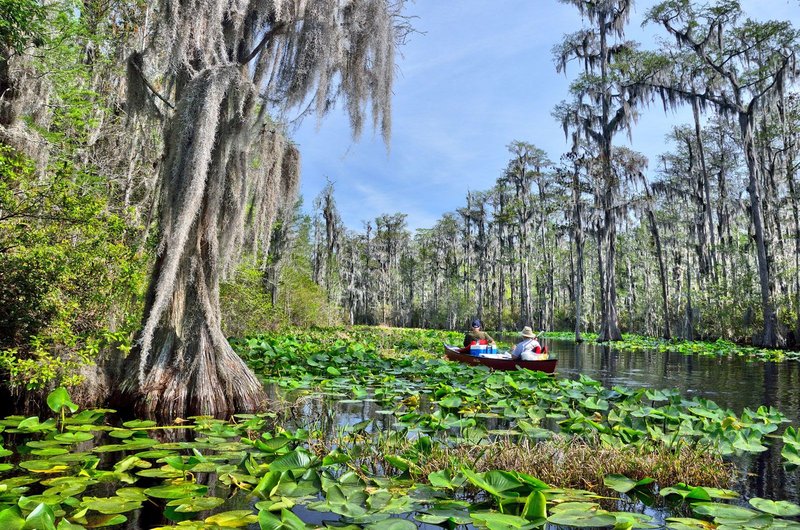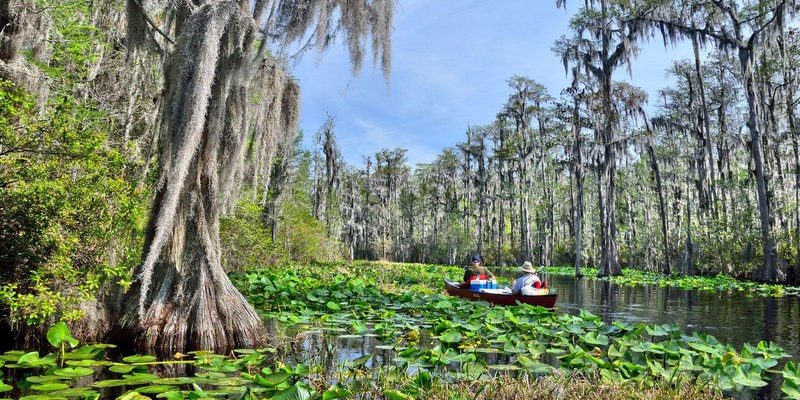
Think of the swamp wallaby as a living symbol, like a canvas that reflects the values, beliefs, and challenges of the cultures that engage with it. It’s not just an animal; it’s a character in stories, a muse for art, and even a reminder of nature’s beauty. So, let’s explore how the swamp wallaby has woven itself into the fabric of culture and folklore.
Swamp Wallabies in Indigenous Australian Mythology
In Indigenous Australian mythology, animals play a crucial role, acting as totems and symbols of ancestral stories. The swamp wallaby is no exception. Many Aboriginal tribes regard the swamp wallaby as a spiritual guide, representing agility and the ability to adapt to life’s challenges. In stories passed down through generations, these creatures often embody traits such as resilience and survival, reflecting the connection Indigenous peoples have with the land and its animals.
One tale tells of a swamp wallaby that outsmarted a cunning predator. This wallaby, characterized by its cleverness, illustrates how quick thinking can help one overcome obstacles. These stories not only entertain but also impart lessons about community, responsibility, and living in harmony with nature. They remind us that every creature has its place and purpose within the ecosystem.
The Swamp Wallaby in Modern Culture
Fast forward to the present day, and the swamp wallaby has found its way into various aspects of modern culture. You might catch a glimpse of this adorable creature in documentaries, nature programs, or even art. Its unique appearance, with its dark fur and distinctive face, often draws attention and admiration.
The wallaby has also become a popular subject in Australian art. Artists create vibrant paintings and sculptures that capture its essence, celebrating the beauty of wildlife and the Australian landscape. In this way, the swamp wallaby isn’t just a part of the wild; it becomes a symbol of national identity, representing the unique flora and fauna that define Australia.
Symbolism of the Swamp Wallaby
Symbolically, the swamp wallaby represents adaptation and perseverance. Much like people, these wallabies face challenges in their environment—be it finding food or avoiding predators. Their ability to thrive in various habitats serves as a metaphor for resilience and determination.
In various cultures, the swamp wallaby’s behaviors—such as its cautious nature and ability to navigate tricky terrains—reflect qualities that many aspire to. This has made it a source of inspiration for those facing personal challenges, reminding us of the importance of staying adaptable and resourceful in life.
Folklore and Storytelling
Folklore often brings creatures like the swamp wallaby to life in imaginative and entertaining ways. Stories about these wallabies can be found in local tales, often blending humor with essential life lessons. For instance, in one story, a swamp wallaby who was too proud to ask for help learned a valuable lesson about community and teamwork when faced with a difficult situation.
These narratives are more than mere stories—they serve as vessels for cultural heritage. They pass on wisdom, entertain, and keep the spirit of the swamp wallaby alive in the collective memory. As families share these tales, they create bonds and preserve history, ensuring that the swamp wallaby remains a cherished part of their cultural tapestry.
Swamp Wallabies in Popular Media
You might not realize it, but swamp wallabies have made their mark in popular media, too. From animated films to children’s books, these creatures often assume roles that highlight their appeal. Their playful nature can make them the stars of the show, capturing hearts and sparking curiosity about the natural world.
In children’s literature, the swamp wallaby frequently appears as a friendly character who teaches lessons about friendship and bravery. These stories not only entertain young readers but also instill a sense of wonder about wildlife and the importance of conservation.
Conservation and Environmental Awareness
As we explore the cultural significance of the swamp wallaby, it’s vital to address their place in the environmental conversation. With habitat loss and climate change threatening their existence, the wallaby has become a symbol for conservation efforts in Australia. Many organizations use the swamp wallaby to raise awareness about the importance of protecting natural habitats and preserving biodiversity.
When people learn about the swamp wallaby, they often feel a connection that drives them to act. They become advocates for the environment, participating in local initiatives aimed at protecting wildlife and educating others about the impacts of human activity on nature.
The Swamp Wallaby: A Cultural Connector
In summary, the swamp wallaby serves as a remarkable connector of cultures, traditions, and stories. It embodies the wisdom of Indigenous Australian mythology while finding its way into contemporary art and storytelling. With its symbolism of resilience, adaptation, and community, the swamp wallaby continues to inspire people across different generations.
Engaging with the swamp wallaby means connecting with a rich cultural narrative that highlights the significance of wildlife in our lives. As we learn more about this unique marsupial, we can better appreciate our relationship with the natural world and our responsibility to protect it for future generations.
In essence, the swamp wallaby is more than just a creature hopping through the wetlands; it’s a vibrant part of our cultural landscape. So, next time you hear about the swamp wallaby, remember its story and the lessons it carries—lessons that resonate with our own journeys in life.

